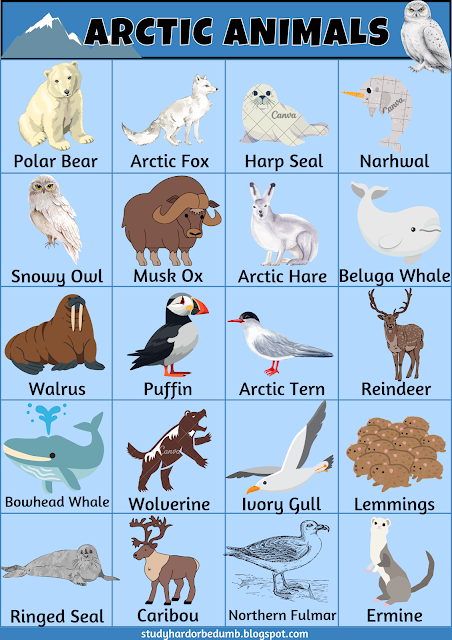Places in the City / Town and City Vocabulary
Places in Town
Navigating the city can be overwhelming especially when you are not familiar with the specific vocabulary associated with different places.
This guide with help you to walk through some of the most common places in the city and their roles.
List of Places in Cities and Town
- Post Office
- Cinema Hall
- Airport
- Hospital
- Mall
- Grocery Store
- Police Station
- School
- Supermarket
- Fire Station
- Zoo
- Park
- Shop
- Restaurant
- Museum
- Bank
- Railway Station
- Bus Stand
- Temple
- Library
- Amusement Park
- Bakery
- Bookstore
- City Hall
- Clock Tower
- City Square
- Stadium
- Conventional Centre
- Science Centre
- Factory Area
- Pharmacy
- Gym
- Barber Shop
- Cafeteria
- Garage
- Church
- Mosque
- Clothes Shop
- Jail
- College
- University
- Petrol Pump
- Auto Repair/ Garage
- Beauty Parlour
- Cemetery
- Court
- Metro Station
Visual Dictionary of Places
Details of Places
1. City Center / Downtown
The city center, often referred to as downtown in American English, is the heart of any city. This area is typically bustling with activity and serves as a hub for commerce, culture, and social life. You'll find:
- Skyscrapers: Tall buildings that house offices, hotels, and sometimes residential apartments.
- Shopping Centers / Malls: Large complexes with a variety of shops, restaurants, and entertainment options.
- Parks and Squares: Open spaces like Central Park in New York City or Trafalgar Square in London, offering a place for relaxation and events.
- Government Buildings: Structures where city, state, or national government activities occur, such as city halls and courthouses.
2. Residential Areas
These are the parts of the city where people live. Residential areas can vary widely, from dense urban neighborhoods to sprawling suburban communities. Key terms include:
- Apartment Buildings / Blocks of Flats: Multi-story buildings divided into separate residences.
- Suburbs: Residential areas on the outskirts of a city, often with single-family homes and a quieter atmosphere.
- Neighborhood: A smaller, community-oriented section of a residential area, often with its own distinct character.
- Houses: Individual homes, often found in quieter neighborhoods or suburbs.
3. Commercial Districts
These areas are dedicated to businesses and commerce. They include:
- High Streets / Main Streets: The principal street in a town or city, often lined with shops and businesses.
- Business Parks: Zones specifically designed for office buildings and companies, usually located outside the city center.
- Markets: Places where vendors sell food, goods, and services, ranging from open-air markets to covered marketplaces.
- Offices: Buildings or spaces where professional or clerical work is conducted.
4. Cultural and Recreational Venues
Cities are rich in cultural and recreational spaces. Some key locations are:
- Museums and Galleries: Institutions that house and exhibit art, history, and science artifacts.
- Theaters and Concert Halls: Venues for live performances, including plays, concerts, and ballets.
- Stadiums and Sports Arenas: Large facilities for sports events, concerts, and other large gatherings.
- Cinemas / Movie Theaters: Places where films are shown to the public.
5. Public Services
Cities are equipped with essential services to support residents and visitors. Important sites include:
- Hospitals and Clinics: Medical facilities offering healthcare services.
- Fire Stations and Police Stations: Buildings housing emergency services.
- Libraries: Public institutions offering access to books, media, and community programs.
- Post Offices: Facilities where mail is sent, received, and processed.
6. Transportation Hubs
Efficient transportation is crucial for any city. Familiar places include:
- Train Stations: Terminals for local and long-distance train services.
- Bus Stations: Central locations where buses pick up and drop off passengers.
- Airports: Facilities for domestic and international air travel, usually located on the outskirts of cities.
- Subway / Metro Stations: Underground or elevated rail systems providing quick transit across the city.
- Parking Lots / Car Parks: Areas where vehicles can be parked.
7. Dining and Entertainment
Cities offer a plethora of options for dining and entertainment. Key terms are:
- Restaurants and Cafés: Establishments where food and drinks are served.
- Bars and Pubs: Places for socializing and drinking, with pubs typically offering a more casual atmosphere.
- Nightclubs: Venues for dancing and nightlife activities.
- Fast Food Outlets: Quick-service restaurants offering fast meals.
8. Education and Learning
Educational institutions are integral parts of city life. These include:
- Schools: Institutions for primary and secondary education.
- Universities and Colleges: Higher education institutions offering undergraduate and postgraduate programs.
- Language Schools: Specialized schools for learning new languages.
Conclusion
Understanding the vocabulary associated with places in the city not only helps in navigating the urban environment but also enriches your overall city experience. From the bustling downtown areas to the serene suburbs, each location has its unique role and charm. So next time you're in a city, whether it's for a short visit or a long-term stay, you'll be equipped with the knowledge to explore confidently and communicate effectively.















Comments
Post a Comment